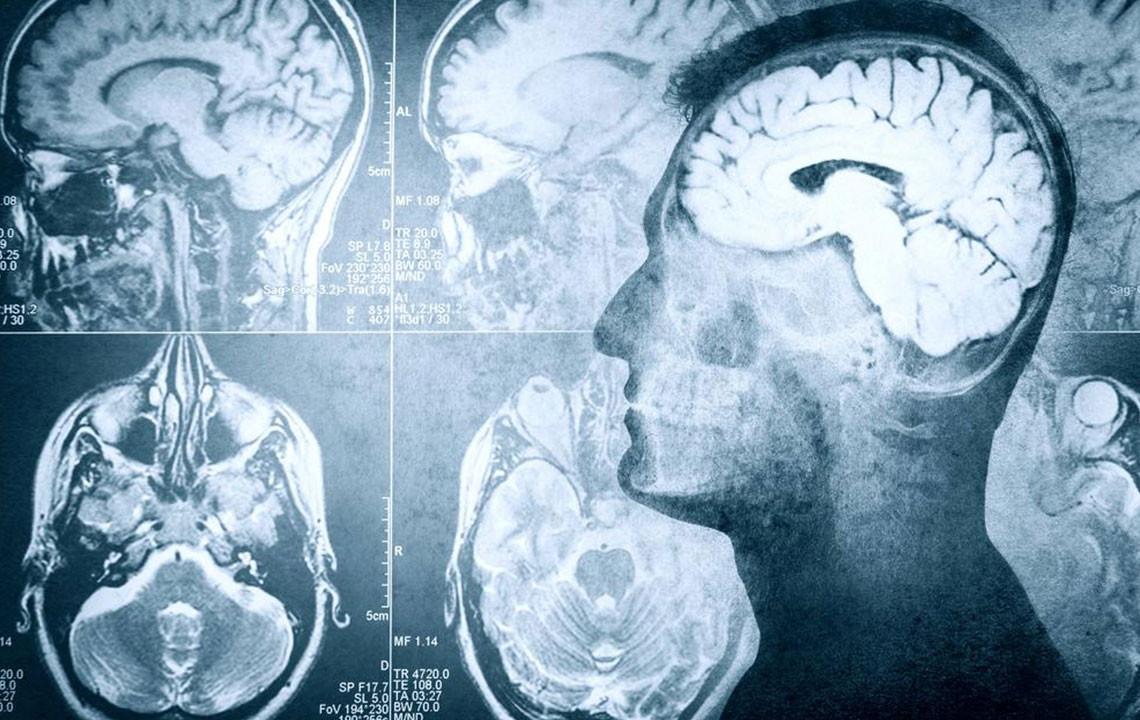Comprehensive Strategies for Effective Seizure Management in Neurological Care
This comprehensive article explores four primary strategies for managing seizures, including medication, surgery, device therapy, and dietary interventions. It emphasizes the importance of professional supervision in treatment, discusses the causes of seizures, and offers insights into personalized approaches to improve patient quality of life. Suitable for patients and caregivers, the guide highlights modern epilepsy management options to control this neurological condition effectively.

Comprehensive Strategies for Effective Seizure Management in Neurological Care
Seizures, also known as epileptic fits, are sudden episodes caused by abnormal electrical activity within the brain. These disruptions can manifest in various ways, ranging from subtle behavioral changes like staring or brief pauses in activity to intense physical convulsions involving the entire body. Understanding the underlying causes and implementing appropriate management strategies are crucial for improving patient quality of life. Recurrent seizures often point to a neurological condition called epilepsy, which affects millions worldwide and requires a precise and tailored treatment approach.
Several factors can trigger seizures, including head injuries, severe stress, brain tumors, cardiovascular issues, infections such as meningitis or encephalitis, substance abuse, or adverse reactions to certain medications. Accurate diagnosis is essential to determine the appropriate intervention. An electroencephalogram (EEG) is a primary diagnostic tool that records electrical activity in the brain, helping clinicians confirm epilepsy and understand the seizure patterns. This information is vital in developing effective treatment plans aimed at reducing seizure frequency and severity.
Managing seizures effectively often involves a combination of medical treatments that are carefully customized for each patient. A multidisciplinary approach integrating medication, surgery, device therapy, and dietary modification provides the best chance for controlling seizures, minimizing side effects, and improving overall functionality. Let's explore each of these key strategies in detail and understand how they contribute to seizure management and patient well-being.
Seizure management requires a collaborative clinical approach under professional supervision. Patients should never attempt self-treatment. The following are the main methods used by healthcare providers to manage seizures:
Medication Therapy – The cornerstone of seizure management is pharmacological treatment with anti-epileptic drugs (AEDs). These medications are designed to prevent or reduce the frequency of seizures but do not cure epilepsy. The selection of specific AEDs depends on an individual's seizure type, how often seizures occur, age, medical history, and potential interactions with other medications. These drugs can be administered orally as pills, capsules, or syrups. Consistent adherence to prescribed dosages is critical because abruptly stopping medication can lead to breakthrough seizures or status epilepticus. Common side effects include fatigue, skin rashes, speech difficulties, headaches, memory lapses, mood disturbances such as depression, or swelling in organs. Patients should maintain regular communication with their healthcare team to monitor responses and adjust dosages accordingly.
Surgical Interventions – When seizures are localized to specific, non-essential brain regions and are resistant to medications, surgical options may be considered. The goal is to remove or disconnect the seizure focus to prevent abnormal electrical activity from spreading. Such procedures require thorough preoperative evaluation, including advanced imaging and neurophysiological testing, to identify the precise location for surgery. If the seizure source involves vital brain functions like language or motor skills, surgery entails higher risks and demands careful risk-benefit analysis. Only experienced neurosurgeons with expertise in epilepsy surgery should perform these procedures, as they can significantly improve seizure control and potentially lead to a cure in select cases.
Vagus Nerve Stimulation (VNS) – This innovative therapy involves implanting a small, pacemaker-like device under the skin near the collarbone. The device delivers regular electrical impulses via a lead connected to the vagus nerve in the neck, modulating abnormal brain activity and reducing seizure frequency by approximately 20-40%. The exact mechanisms are still under investigation, but VNS appears to influence neurotransmitter release and brain chemistry. Patients typically continue their medication regimen alongside VNS, which offers an additional layer of control, especially in cases of drug-resistant epilepsy. The device's battery life can last up to ten years, with periodic adjustments to stimulation settings. Common side effects include throat discomfort, cough, hoarseness, or transient voice changes, which usually diminish over time.
Keto Diet – The ketogenic diet is a high-fat, very low-carbohydrate dietary regimen traditionally used to manage pediatric epilepsy before the advent of modern medications. It shifts the body's primary energy source from glucose to ketone bodies, which can stabilize neuronal activity and reduce seizure occurrence. While highly effective in certain drug-resistant cases, especially among children, the diet requires strict adherence and medical supervision to prevent nutritional deficiencies or metabolic complications. It is not generally recommended for adults due to potential risks such as diabetes or cardiovascular issues. Side effects may include slow growth in children, elevated uric acid levels, gastrointestinal disturbances, dehydration, and lipid abnormalities. With proper medical oversight, the ketogenic diet remains a valuable tool in the comprehensive management of epilepsy.





